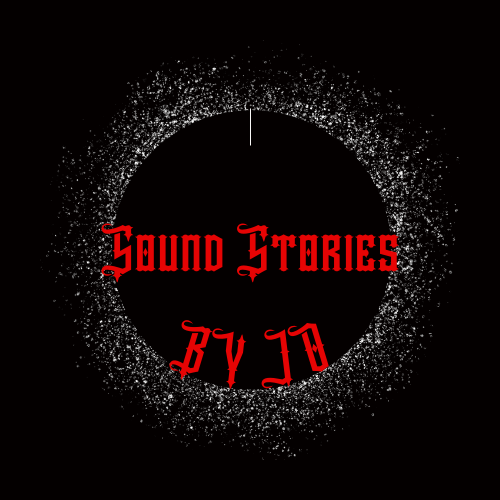
1. Congratulations on your recent live video release for “The Raptor Flying Away”. Could you tell us more about the inspiration behind the song and what it means to the band?
–Start to flap your wings powerfully to the world. I wrote this song while imagining such a brave figure. This song is one that we have been playing since the beginning, and it is a song that has a special place in Deathroll’s heart.
2. “Japanese Extreme Metal Art” sounds like an intriguing title for your new album. Can you provide some insights into the creative process behind this record and how it differs from your previous work?
–The previous album is one that I personally like very much. However, Japanese Extreme Metal Art makes you want to listen to it more and more as you get into its depths. That is the kind of work we aimed for. I have made it a work that I pursued as my own, leaving out all the commercial aims of making it easy to listen to.
3. What are some of the themes explored in your new album, and how do they reflect the unique identity of the Japanese Black Metal scene?
–Recently, more and more bands are incorporating unique Japanese culture into their music. However, even if the response from overseas is positive, such as with “Samurai” it sounds somewhat comical to Japanese people. It is a very good idea in terms of spreading the idea to the masses, but I want to make a statement by incorporating my own disturbing take on Japanese culture.
4. DEATHROLL has been known for incorporating elements of traditional Japanese culture in your music. Can you share how this cultural influence finds its way into your sound and lyrics?
–As for the band culture that has spread to Japan, American and British heavy metal (which incorporates long guitar solos) like music became quite popular for a while. Recently, metal bands such as mixed rock and cute female vocalists have been increasing. As far as Deathroll is concerned, I think Visual Kei has greatly influenced my appearance. Many metal fans may dislike it as hair metal, but there are quite a few Japanese Visual-kei bands that perform at a very high quality. And dark deathcore-like visual-kei is also popular. Having a good appearance gives a sublime impression. I agree.
5. The live performance in Shinjuku must have been quite an experience for both the band and the audience. Can you describe the atmosphere and energy of that particular gig?
–I think it turned out very well as a video. Even though it was a black metal band, I think it is the goal of a live performance to be united with the audience. This event was a gathering of very underground bands. I was honored to play on the last stage. This song was the last song.
6. As a Black Metal band from Japan, what are some of the challenges you’ve faced in terms of gaining recognition both locally and internationally? And how have you overcome them?
–If you are not popular by all means, you will be ridiculed in Japan. Appearing on TV or radio is considered taboo for undergroundist band members. However, I thought that nothing can be done without first getting publicity and getting people to listen to your music. Perhaps I need to advertise more and more.
7. How would you describe the evolution of DEATHROLL’s musical style since the band’s inception? Are there any particular artists or albums that have greatly influenced your sound?
–When I started out, I was a one-man production of typical primitive black metal like early Burzum and Darkthrone. However, I didn’t know anything about music at the time, and many people made fun of me for my poor skills. That’s why I decided to improve my skills. I started referring to bands that were faithful to the classics and of a high caliber. X Japan and Dissection are examples.
8. Black Metal has a reputation for its intense and visceral live shows. How do you ensure that the audience feels that same level of intensity even when watching your performance through a recorded medium?
–If you listen to the sound as loud as possible and concentrate on my live video, you will be immersed in the live performance quite well. If you listen to the sound seriously, your body should be moving naturally.
9. DEATHROLL has gained a dedicated following over the years. Can you share a memorable fan interaction or experience that has stuck with you?
–There were a few people who supported me even in my early, poor days. These days the interaction is a little less, but I think that’s what has allowed me to continue and grow without quitting the band.
10. Are there any specific goals or aspirations you have for the future of DEATHROLL? Is there a particular direction you hope to take your music in?
–I want to shoot good live videos at big venues and festivals. That is the first step.
11. Lastly, could you provide some recommendations for fans who want to explore more Japanese Black Metal? Are there any bands or albums you would personally recommend?
–Famous is SIGH, but to be honest, there are quite few famous Japanese black metal bands. To be honest, there are quite few famous Japanese black metal bands, and many of them quit the scene halfway through. Although not black metal, RYUJIN (formerly GYZE) is a very talented band.
Official links
https://www.youtube.com/@Deathroll-Japan
https://www.facebook.com/Desurolu
https://www.instagram.com/kazudeathroll/
*Η συνέντευξη δόθηκε στο AngelsPR για το «Sound Stories by Jo»👉https://www.facebook.com/AngelsPRmusicPromotion/
*Τα κείμενα ανήκουν αποκλειστικά στον κάτοχο του blog «Sound Stories by Jo». Οποιαδήποτε αναπαραγωγή επιτρέπεται μόνο με την αναφορά της πηγής.
